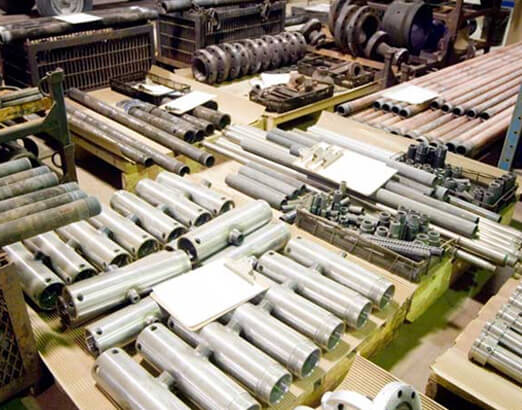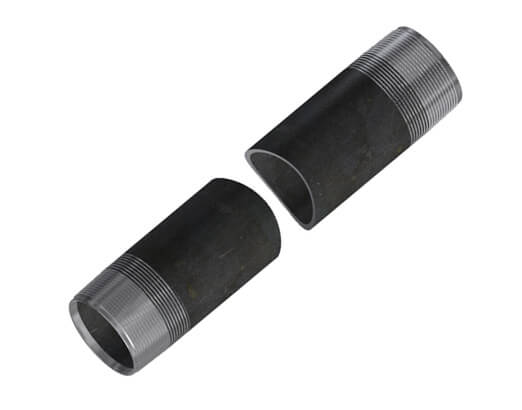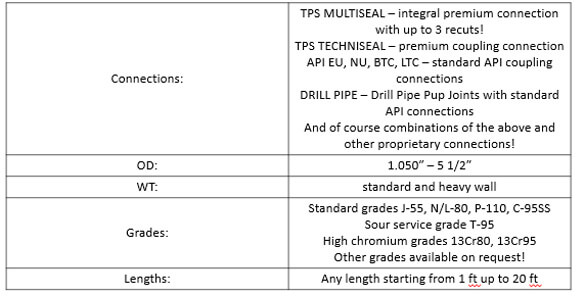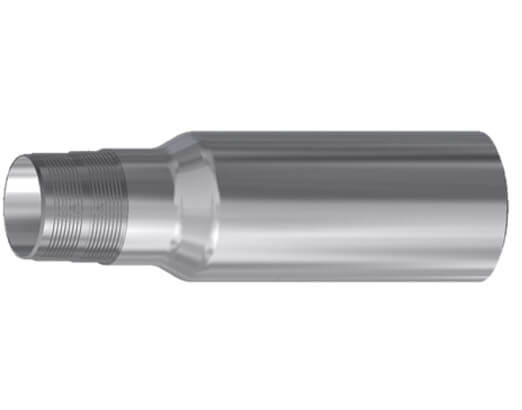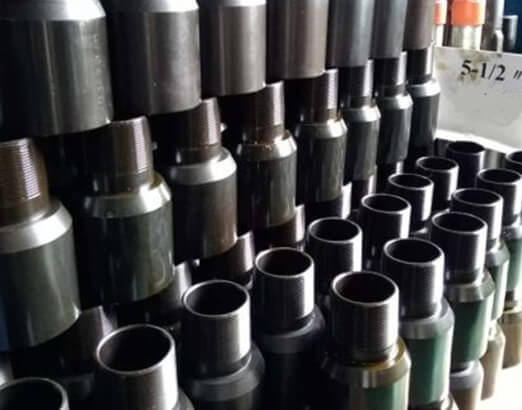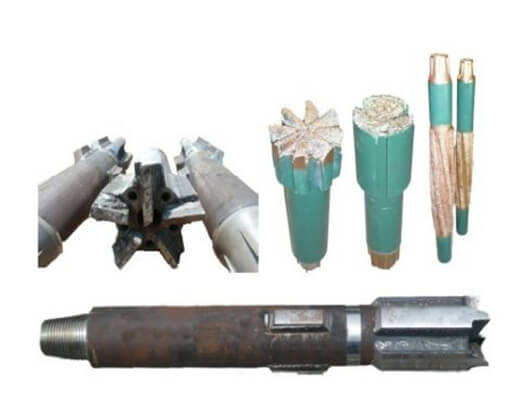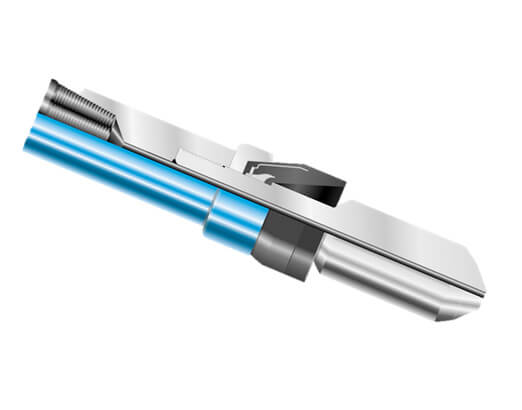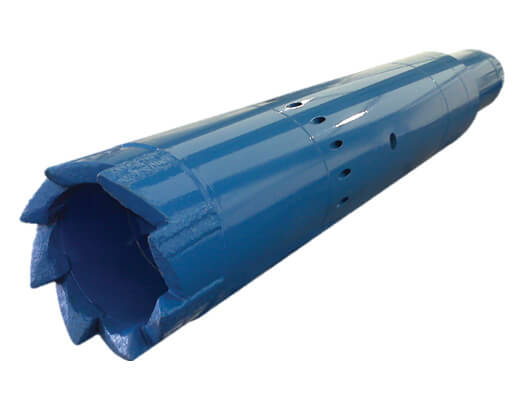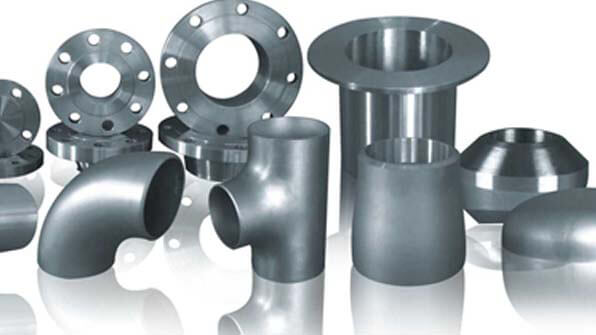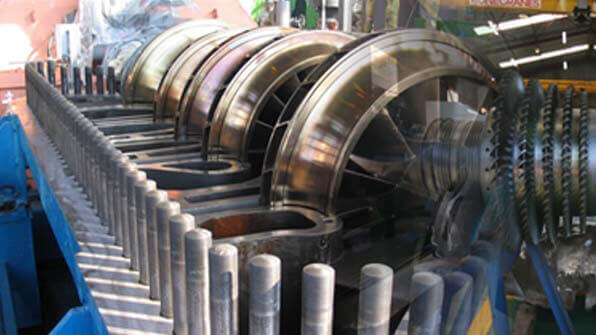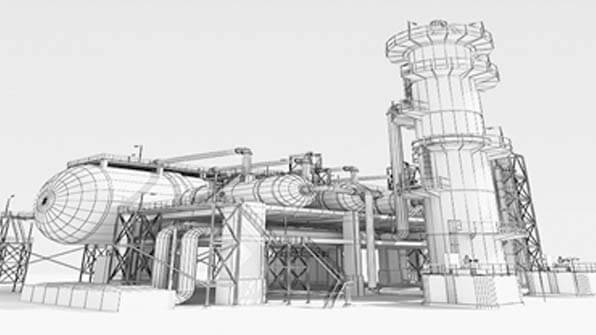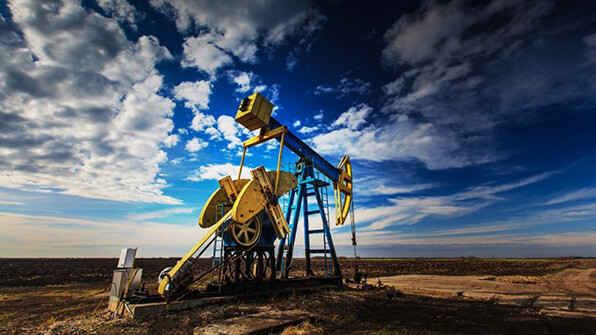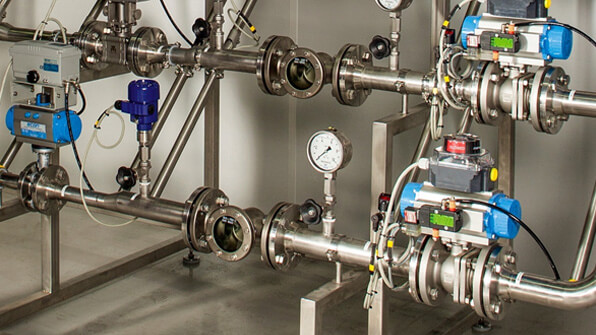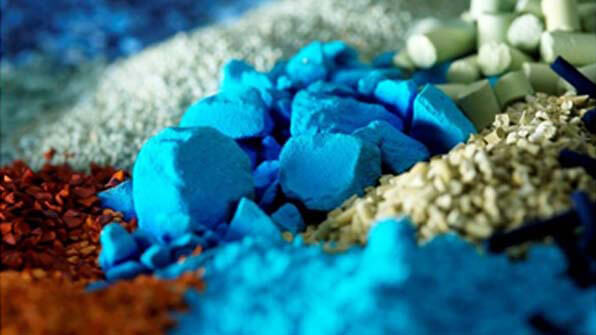Fishing (in the oilfield sense) refers to the recovery of unwanted material left in the wellbore. Numerous situations can occur that require fishing:
Items dropped into the hole from the rig floor.
Failure of surface equipment, especially pumps, which allows the hole to cave in and stick the drill string.
Differential sticking to a permeable formation.
Key seating, where a slot is worn into the wall of the well.
Twist-offs resulting from a stuck drill string being rotated until the pipe shears above the sticking point.
Loss of portions of downhole equipment, such as stabilizer fragments and bit cones.
Drill string failure from such causes as metal fatigue, H2S embrittlement, differential sticking, and overstressed drilling assembly, causing a twist-off.
Pulling the drill string apart when trying to free stuck pipe.
Bridging off by swelling formations or a collapsed hole.
When material is left in the hole due to these or other factors, a decision must be made whether to try to recover the material, to sidetrack around the original material, to abandon the well, or to attempt to complete in a shallower zone.
Because all but the first of these options are costly, and the last is often undesirable, an attempt to recover the fish is almost always made.
There are various tools available that are run into the hole to fish an object. Each tool is designed to perform a certain task for a certain type of the object lost in the well. Broad categories are:
Catch tools
Catching tool (spear) - When a pipe must be fished, internal catching tool (spear) is used. The tool fits inside the pipe (fish) and grips it for further retrieval, in case a fishing operation failed. The tool should be retrievable mechanically or hydraulically.
Overshot - When a down-hole tool or pipe must be gripped outside, a tool called overshot is used in case fishing operation failed. The tool should be retrievable mechanically or hydraulically.
Wash pipe - is a large diameter thin-wall pipe, with cutting teeth at the bottom, that mill the fish to a more manageable shape, after which drilling fluid is used to remove debris and another fishing tool used to remove the remaining fish. This is also called “wash-over operation” and used as a last choice, due to high risk of sticking in the well.
Junk Tools
Junk Basket is lowered to the well after the fish has been grinded. Drilling fluid would force the debris to travel towards the junk basket, after which the basket is retrieved to the surface
Fishing Magnets are used for retrieval of any steel debris and small metal particles in the well.
Junk Magnet is a tool that removes metal particles from the drilling fluid
Impression Block is a tool that identifies shape, condition and dimensions of the upper end of the fish and position in the well, in order to determine next course of actions and select the right fishing tool.
Wire-line Spear recovers damaged wireline or wire rope from the well
Milling Tools Junk Mill is a tool that grinds the fish into smaller pieces
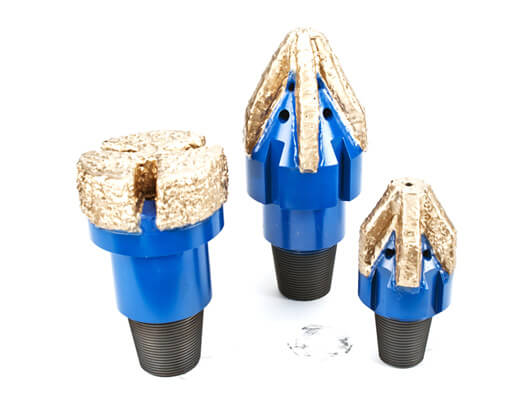
Mills - there are various type of milling tools used for specific applications. The list of the tools is diverse and includes: tapper mill reamer, cement mills, string taper mills and cone buster mills. Major difference between them is the purpose of the milling job, i.e. light vs. heavy milling, the size and shape of the milling object.


